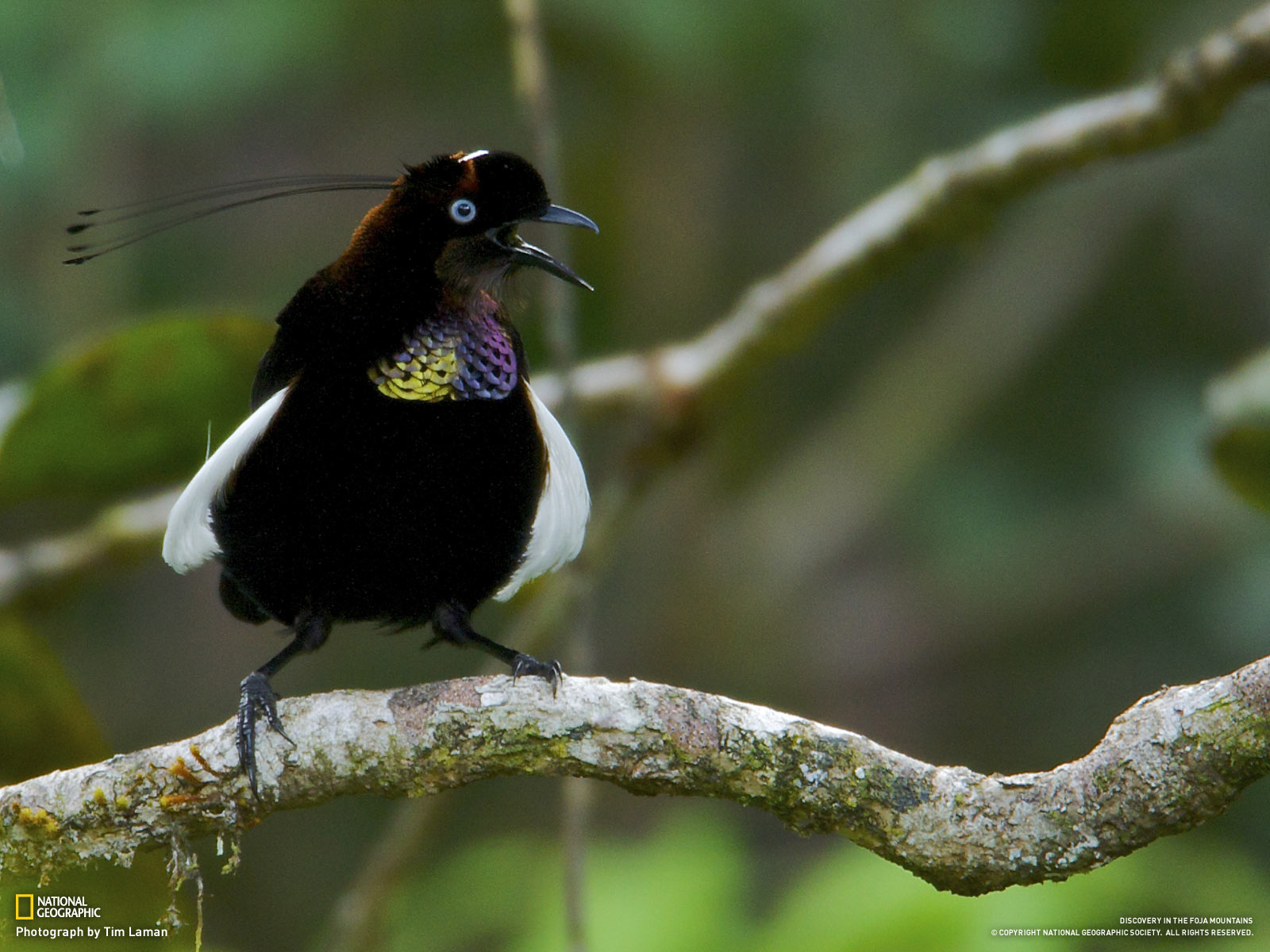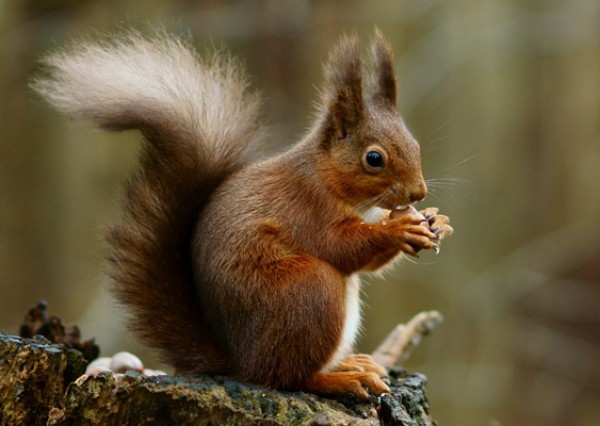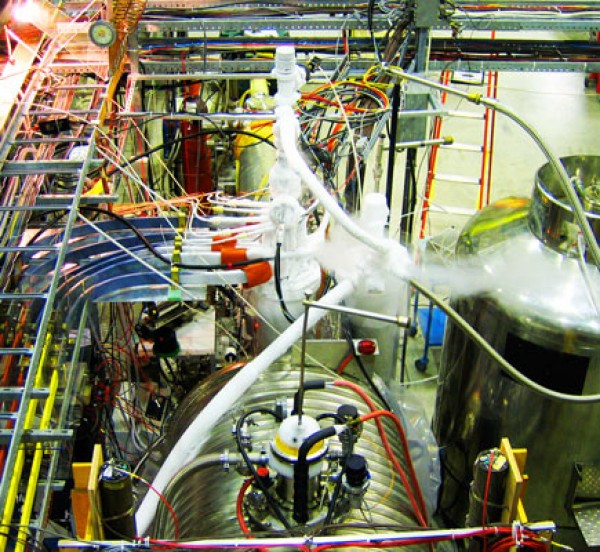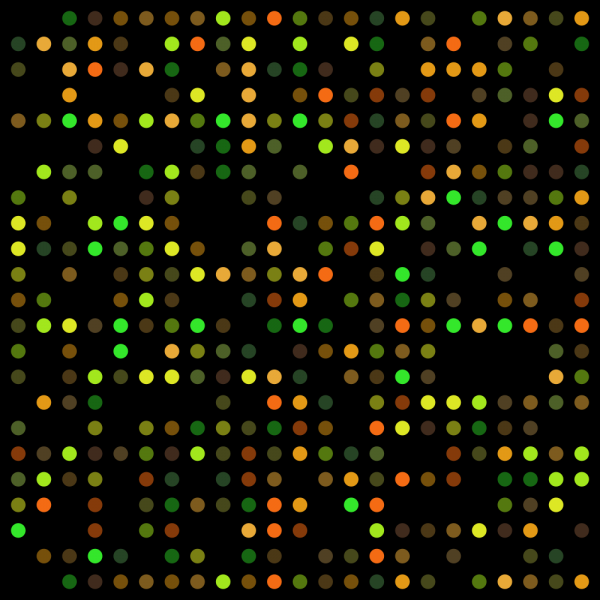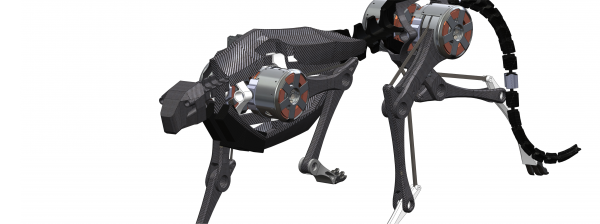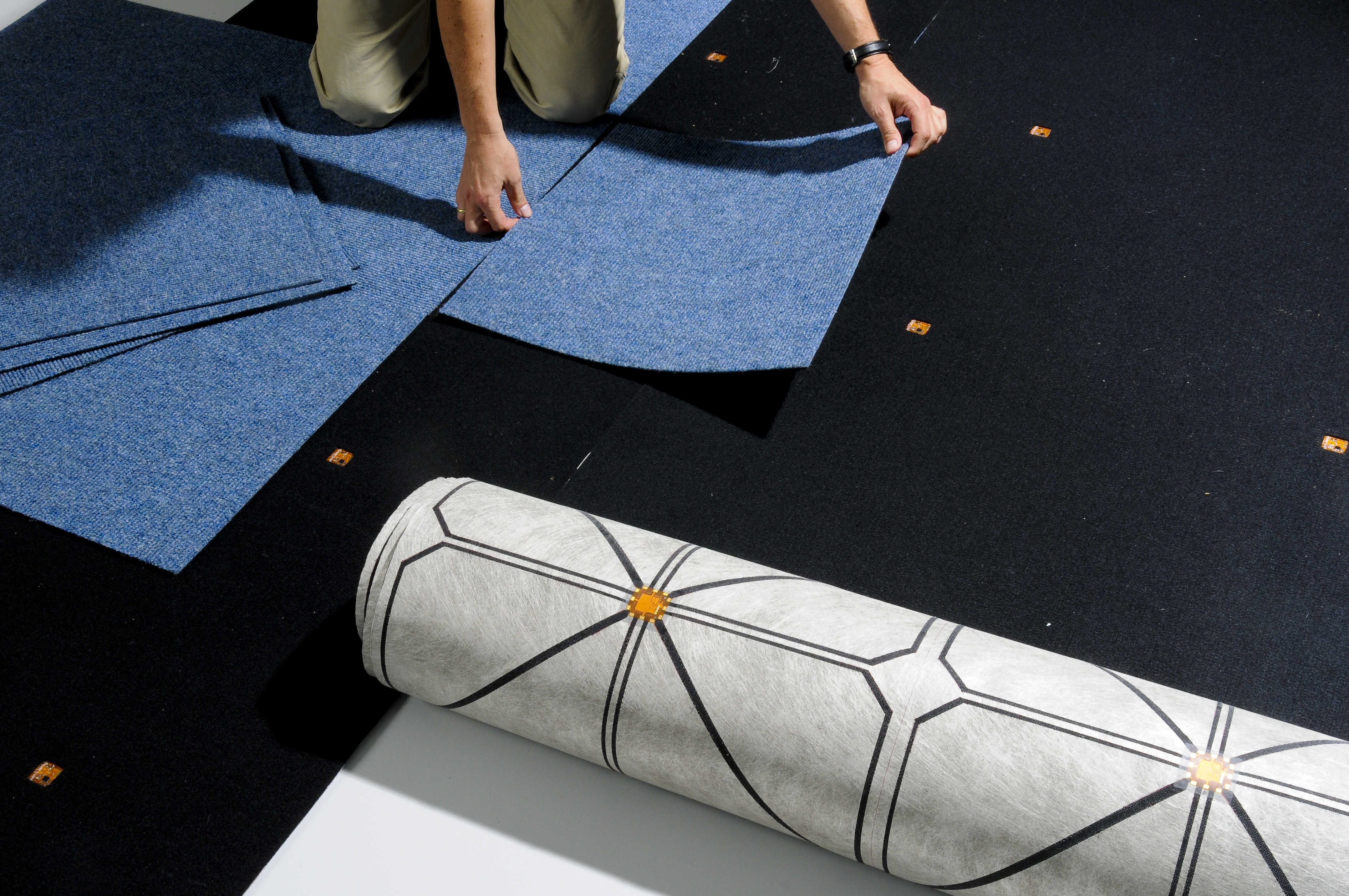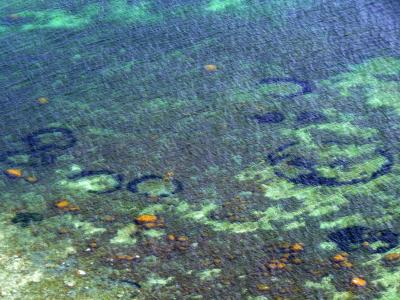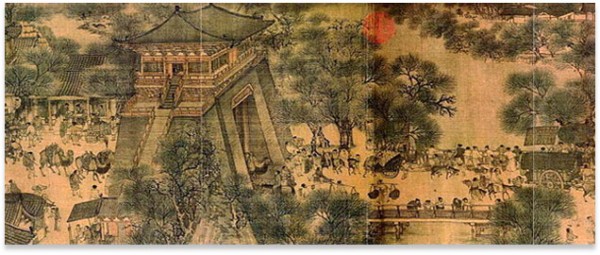
Straight Walls Make Better Concert Halls
Science, March 2014Building from a whispering pianissimo to a thunderous fortissimo, a skilled orchestra can leave its audience with goose bumps. Because a wide selection of volumes allows for more expressive performances, a team of researchers investigated if the geometry of the performance venue plays a part in the range of volumes heard by the audience, called the perceived dynamic range.
